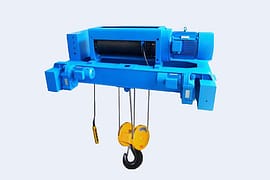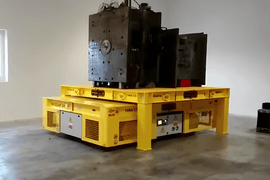- INDUSTRIES
-
EQUIPMENT
-
Overhead Cranes
-

Single Girder Overhead Crane
-

Double Girder Overhead Crane
-

Underslung Cranes
-

Workstation Overhead Cranes
-

Low Headroom Overhead Cranes
-

Grab Bucket Overhead Crane
-

Electromagnetic Overhead Cranes with Lifting Magnet
-

Electromagnetic Overhead Cranes with Magnet Beam
-

Manual Overhead Cranes
-

Double Trolley Overhead Cranes
-

LDP Single Girder Overhead Cranes
-
- Eot Cranes
- Gantry Cranes
- Jib Cranes
- FEM Standard Crane & Hoist
- Hoist & Winch Trolley
- Light Cranes
- Explosion Proof Cranes and Hoists
-
Special Cranes
-

35-65t Clamp Overhead Crane
-

Boat Hoists
-

Boat Jib Crane
-

Yacht Davit Crane
-

Rail Mounted Container Gantry Crane
-

Cleanroom Overhead Cranes
-

YZ Ladle Handling Cranes
-

LDY Metallurgical Single Girder Crane
-

Charging Cranes for Steel Production
-

Insulated Overhead Cranes
-

Gantry Crane for Subway and Metro Construction
-

Forging Crane
-

Quenching Overhead Crane
-

Baking Multifunctional Crane
-
- Port Cranes
- Electric Transfer Carts
-
Overhead Cranes
-
CRANE PARTS
- Crane Wheel Range
- Crane Spreader
- Crane Drives
-
Crane Electrical Equipment
-

Overload Limiter
-

Crane Cabin
-

Crane Power Supply System
-

Explosion Proof Crane Radio Remote Controls
-
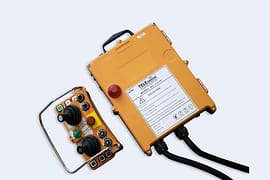
Joystick Type Crane Radio Remote Controls
-
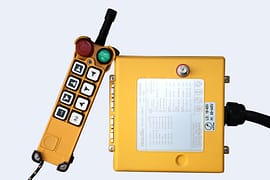
Pushbutton Type Crane Wireless Remote Controls
-

Single-pole Insulated Conductor Rails
-

Enclosed Conductor Rails
-

Seamless Conductor Rails
-

Copperhead Conductor Rails
-

Overhead Crane Cables
-
- Other Cranes Parts
\
- ABOUT US
- CONTACT US
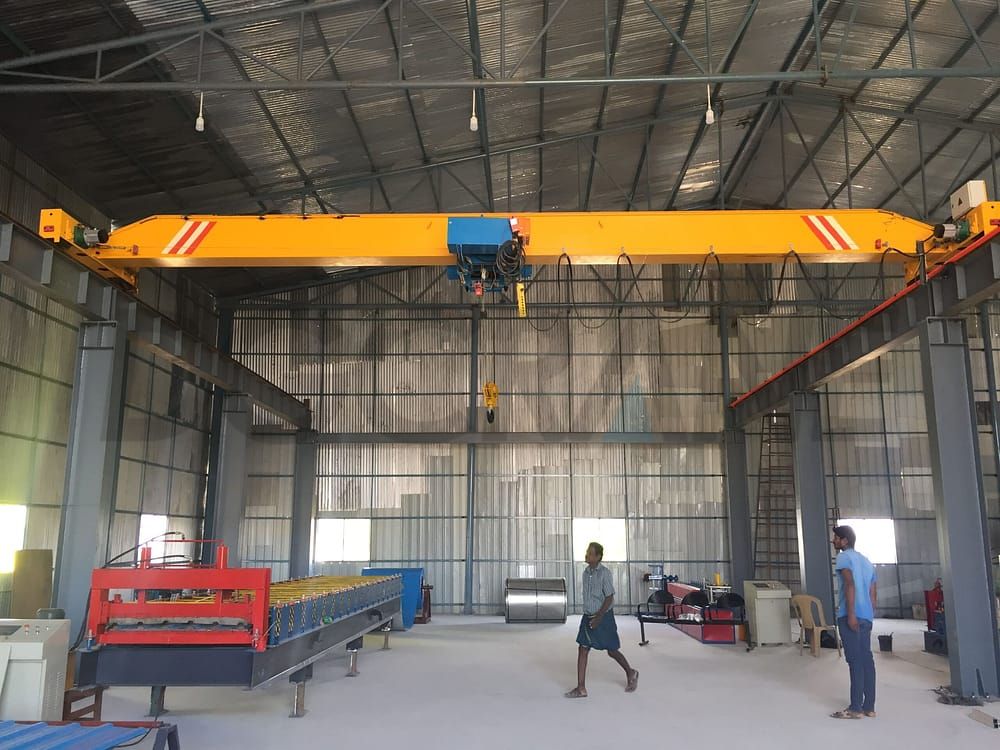
Safety station
It is not safe to work or walk directly under a hanging object, because the hanging object may hit you. In hoisting operations, under the boom, under the hanging object, the area before the object is hoisted, the triangle area of the guide pulley steel rope, around the fast rope, standing on the inclined hook or the force direction of the guide pulley, etc. are very dangerous locations. Therefore, the position of the staff is very important. Not only must you always pay attention, you also need to remind each other, check the implementation, and prevent accidents.
Correct understanding sling safety factor
In hoisting operations, the staff do not have the correct understanding of the safety factor of the sling, and often think that it can be used without breaking, resulting in overweight operations always in a dangerous state.
Be predictable when dismantling
The demolition operation must be foreseeable for the various factors encountered. Estimating the weight of the object, the thoroughness of the cutting, the increased load of the removed part being squeezed, and the forcible lifting of the connection part without inspection are not allowed.
Eliminate erroneous operations
The hoisting operation is different from many constructions. It involves a large area and often uses different units and different types of cranes. Factors such as daily operating habits, performance, and differences in command signals can easily lead to misoperations, so be especially cautious.
Be sure to fasten the lashed object
When lifting and dismantling at a high altitude, “lock” rather than “pocket” should be adopted for the suspended object; measures of “pad” should be adopted for the sharp edges and corners of the suspended object.
The drum rope is not tight
For large lifting and dismantling, the arrangement of steel ropes wound on the drum of a crane or motor-driven winch is loose, causing the fast rope with a large load to be pulled into the rope bundle, causing the fast rope to shake violently and easily lose stability. As a result, may lead to a danger of continued operation and stoppage, unstoppable embarrassing situation.
Improper selection of lifting tools or lifting points
The establishment of lifting tools or the use of pipes and structures as lifting points lacks theoretical calculations. The lifting tools, pipes, and structures estimated by experience have insufficient bearing capacity or insufficient local bearing capacity, one place becomes unstable, resulting in a total collapse.
Unreasonable selection of pulleys and ropes
When setting up the lifting tool, there is insufficient understanding of the change in the rope force of the pulley and the tie pulley due to the change of the fast rope angle, the tonnage of the guide pulley is too small, the rope of the tie pulley is too thin, and the rope is broken after the force is overloaded.
Unloaded sling accidentally suspends objects
There are many accidents happen like this: the lifting work has ended, when the hook is running with an empty rope sling, the sling in the free state pulls the unhooked object or other objects, If the crane operator or commander does not respond in time, it is easy to cause accidents, and such accidents have very bad consequences for operators and cranes.

Zora Zhao
Expert in Overhead Crane/Gantry Crane/Jib Crane/Crane Parts Solutions
With 10+ years of experience in the Crane Overseas Export Industry, helped 10,000+ customers with their pre-sales questions and concerns, if you have any related needs, please feel free to contact me!
WhatsApp: +86 158 3611 5029
Email: zorazhao@dgcrane.com
Related Blogs
Subscribe to our newsletter
The latest DGCRANE price list, news, articles, and resources.
- Overhead Cranes
- Low Headroom Overhead Cranes
- Double Girder Overhead Crane
- Grab Bucket Overhead Crane
- Top Running Overhead Crane: Wide Application and Easy Maintenance
- Coker Cranes for Harsh Environments: High Temperature and Corrosion Resistant Design
- Single Girder Overhead Cranes
- Eot Cranes
- Eot Crane
- Single Girder Eot Cranes
- Double Girder Eot Cranes
- Underslung Cranes
- Gantry Cranes
- Shipyard Gantry Cranes: Specialized Lifting Solutions for Shipyard Operations
- Truss Gantry Cranes: Cost-Effective, Wind-Resistant, and Perfect for Large Spans
- Gantry Crane
- Different Types of Small Portable Aluminium Gantry Cranes: Cost Effective
- Single Girder Gantry Cranes
- Double Girder Gantry Cranes
- Semi Gantry Cranes
- Casting Yard Gantry Cranes
- Container Gantry Cranes (RMG)
- Portable Gantry Cranes
- FEM Standard Crane & Hoist
- FEM Standard Overhead Cranes
- FEM Standard Gantry Cranes
- FEM Standard Jib Cranes
- FEM Standard Wire Rope Electric Hoists
- FEM Standard Electric Chain Hoists
- Hoist & Winch Trolley
- Low Headroom Wire Rope Electric Hoist: Compact Design for Efficient Lifting in Tight Spaces
- Electric Hoist for Molten Metal: High-Temperature, Safe Lifting for Metallurgical Environments
- Pneumatic (Air) Chain Hoists: Ideal for Explosion-Proof Environments
- 6 Double Girder Trolley Electric Hoists for Overhead Cranes: Custom Solutions for Every Lifting Need
- Manual Chain Hoists: Alloy Steel Construction for Smooth and Safe Lifting
- Electric Wire Rope Hoists
- Chain Hoists
- Crane Trolley
- Electric Winch
- Port Cranes
- Rubber Tyred Container Gantry Crane
- Ship To Shore Crane
- Container Straddle Carrier
- Harbour Portal Crane
- Shipyard Portal Cranes
- Reliable Versatile Electric Transfer Carts
- Powerful Heavy Duty Coil Transfer Carts
- Powerful Pallet Transfer Carts
- Rail Transfer Carts
- Reliable Heavy Duty Ladle Transfer Cars
- RGV Transfer Carts
- Superior Die Transfer Carts
- Trackless Transfer Carts
CRANE PARTS
- Special Cranes
- Rail Mounted Container Gantry Crane
- Cleanroom Overhead Cranes: Reliable Solutions for Healthcare, Electronics, and GMP Workshops
- Charging Cranes for Steel Production: Safe and Reliable Solutions for Efficient Material Handling
- Insulated Overhead Cranes for Safe Non-Ferrous Metal Smelting
- Gantry Crane for Subway and Metro Construction: Efficient Tunnel Debris Removal Solutions
- Quenching Overhead Crane for Heat Treatment Plant: High-Temperature Insulated and Efficient Lifting Solution
- Heavy Duty Forging Cranes: Durable, High-Capacity Solutions for Forging
- Baking Multifunctional Crane: Furnace Tending Assembly for Efficient Carbon Roasting
- 35-65t Clamp Overhead Crane
- Boat Hoists
- Yacht Davit Crane
- Boat Jib Crane
INDUSTRIES
COMPANY
- sales@dgcrane.com
- +86 373 387 6188
- +86 158 3611 5029
- Floor 30,Gongyuan INT'I Building, Jinsui Road, Xinxiang City, Henan Province, China



































